The average woman has a 1 in 8 chance of developing breast cancer. Mammograms, or breast x rays, aid in the early detection of breast cancer, when it’s small, has not spread and is therefore easier to treat successfully. Some mammograms clearly show abnormal areas needing biopsies, while others reveal uncertain areas that require further imaging, such as with ultrasound or magnetic resonance imaging (MRI). Fortunately, less than 10 percent of those called back are found to have cancer.
In addition to finding cancers, mammograms also reveal breast density. Breasts are composed of:
- Fibrous tissue that supports the structure of the breast
- Glandular tissue that makes milk
- Fatty tissue that lies between fibrous tissue and glandular tissue and that gives the breast its shape.
Breast density reflects the amount of fibrous and glandular tissue in a woman’s breasts vs. the amount of fatty tissue as seen on a mammogram. Breast density results are divided into four categories:
- Almost entirely fatty, comprising about 10% of patients,
- A few areas of dense tissue scattered through the breasts, about 40% of patients
- Evenly dense tissue throughout, about 40% of patients
- Extremely dense tissue throughout, about 10% of patients.
Women in the latter two categories have by definition dense breasts and have a higher risk of getting breast cancer, about 1 in 6. In March of this year the US Food and Drug Administration (FDA) updated its mammogram regulations to require mammography facilities to notify patients about their breast density.
A recent study published in the Journal of the American Medical Association Oncology Journal followed 1000 women for 10 years. Researchers found, as expected, that increased breast density was associated with a higher risk of breast cancer. Study participants demonstrated a significant decrease in breast density during the study regardless of the later development of breast cancer.
The key new finding was that the rate at which breast density changes over time correlates with the risk of breast cancer in that breast, and that the rate of decrease in breast density was significantly slower among breasts in which cancer was diagnosed.
The researchers concluded that evaluating the changes in breast density over time may offer another option for assessing the risk of breast cancer.
Previously identified risk factors for the development of breast cancer include:
- Having a family history of breast cancer,
- Excessive use of alcohol,
- Certain genetic mutations,
- Obesity
- Sedentary lifestyle
- Never breastfeeding.
You should discuss these risk factors with your doctor when planning your approach to monitoring breast health.
For more information about breast density, click here.

